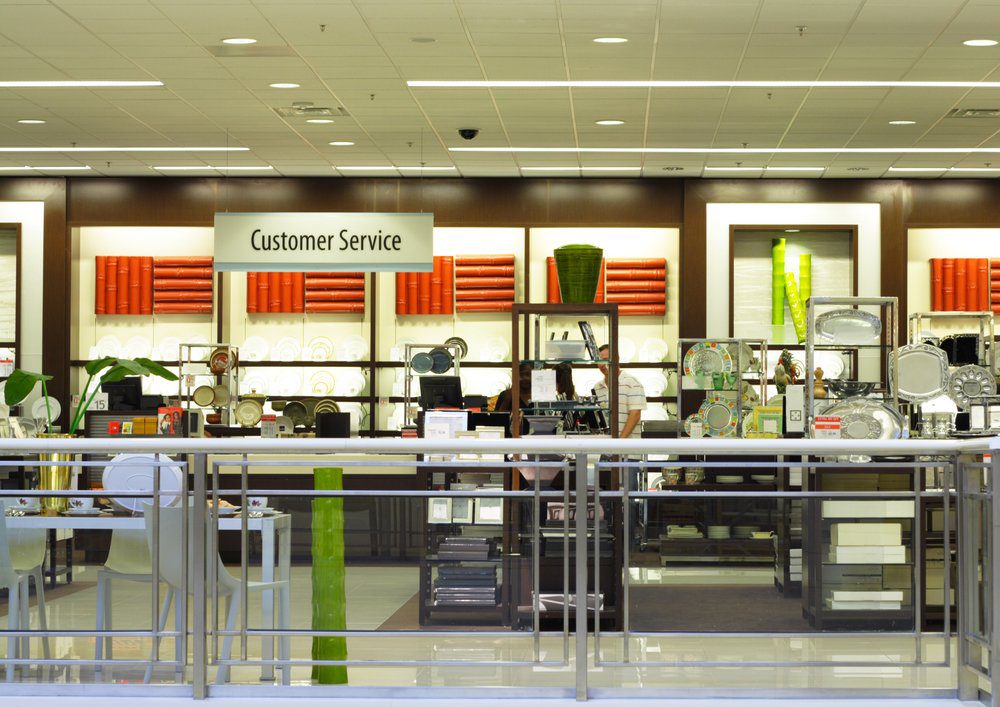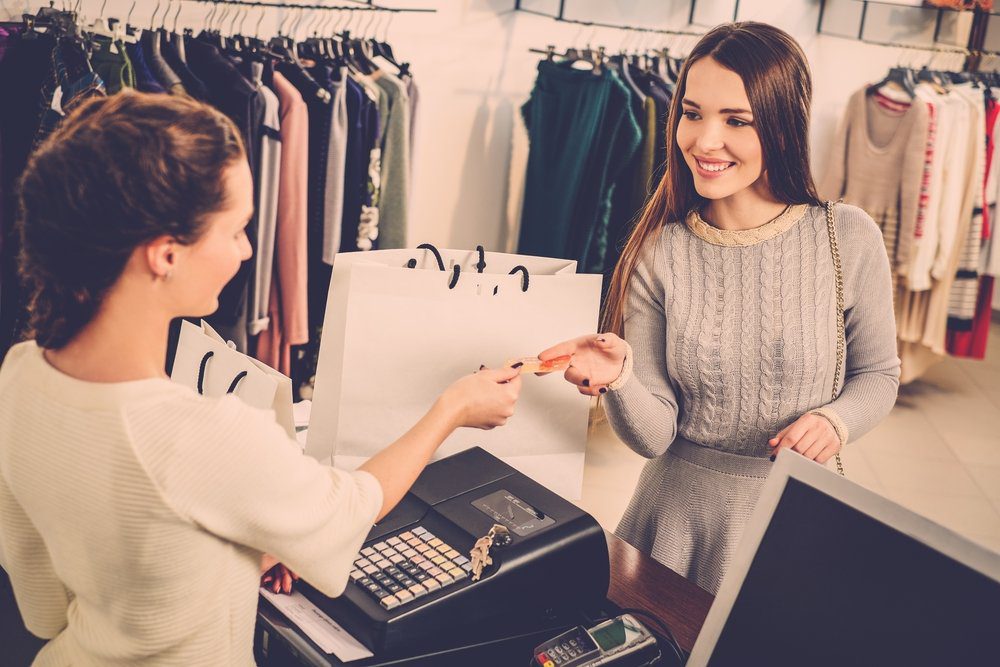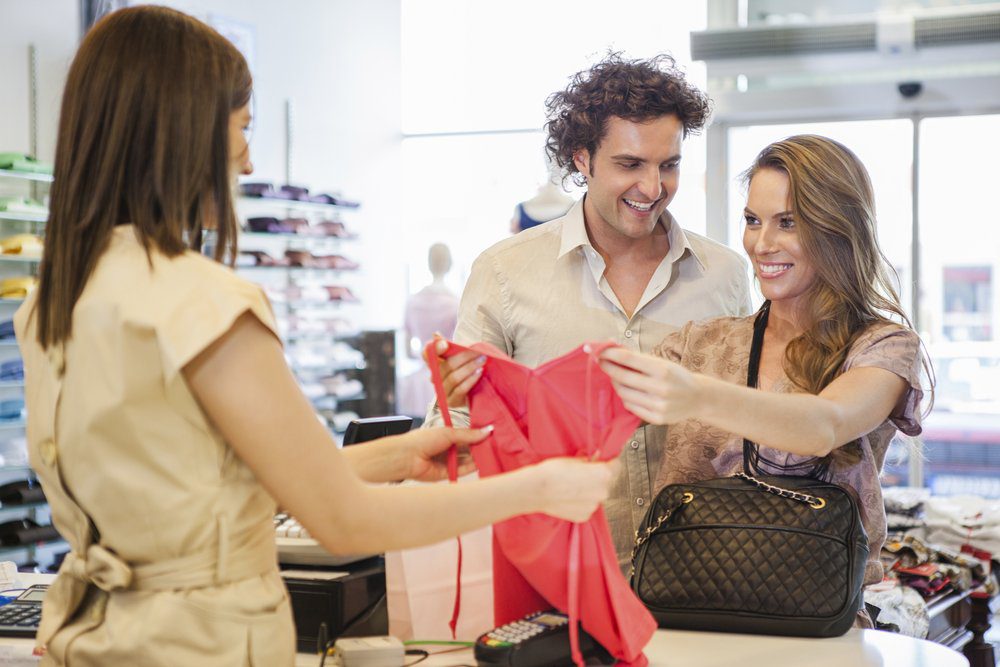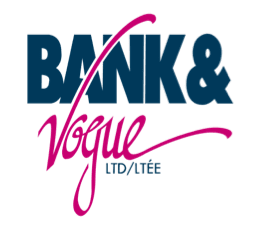Customer returns are a big selling point for a lot of retailers. Customers want to have the best shopping experience possible and look to form long-term relationships with outlets that value them. One of the benefits that stores offer is customer returns.
Even though this is an excellent incentive to drive more sales, it has its downsides as well. In a lot of cases, used items are eligible for returns, and even though many think otherwise, these products don’t go back to the shelves in the same stores.
This creates a big problem for retailers as they usually have difficulties selling these products on their own.
Fear not, however. There are ways to help cover your losses.
Reduce the Number of Returns with Detailed Sizing Charts
 The biggest reason why so many shoppers return products is that they have the wrong size. It often happens, even in retail stores. After wearing an item for a day or two, people realize that they got the wrong size and come to replace the item.
The biggest reason why so many shoppers return products is that they have the wrong size. It often happens, even in retail stores. After wearing an item for a day or two, people realize that they got the wrong size and come to replace the item.
Even though you can make the replacement, in most cases, you won’t be able to sell that product they returned. This is why it’s essential to provide sizing charts for all your items. When people know the exact measures, they will easily be able to see if some piece of clothing will fit them perfectly.
This is especially important for online stores where people can’t try out the items they are buying. Provide sizing for all brands and make sure to inform customers that all brands have different measurements and sizes.
Donate the Items to Charity
 Wholesale retail returns can be donated to various charity organizations that can help people in need. You won’t be able to return the money you invested in those products, but this is a good way of promoting your brand and showcasing corporate responsibility.
Wholesale retail returns can be donated to various charity organizations that can help people in need. You won’t be able to return the money you invested in those products, but this is a good way of promoting your brand and showcasing corporate responsibility.
Still, the only items you can donate are the ones that don’t have significant defects and have no severe damages. If you are giving out items just because you can’t do anything else with them, the whole thing could backfire to your face and ruin your brand reputation.
Sell the Items to Used Clothing Brokers Who Participate in the Circular Economy
 One of the safest solutions for returned items that can’t be sold is to offer them to second-hand markets.
One of the safest solutions for returned items that can’t be sold is to offer them to second-hand markets.
Used clothing brokers such as Bank & Vogue, for example, have established themselves in this circular economy. We buy retail returns, and give them a second life in secondary and second-hand markets.
Given the fact that the whole world is becoming eco-friendly and everyone is looking for sustainable solutions, dropping clothing items in landfills is something that should be avoided.
At the same time, the retail returns wholesale economy is booming as there are a lot of consumers around the world willing to buy used or damaged items for a low price.
How Bank & Vogue Can Help You
No matter what you decide to do with returned items, don’t throw them away. As a retailer, you also need to be conscious of the environment. This is especially important today when doing something like this could ruin your reputation.
Contact Bank & Vogue today to get started on reducing costs & establishing a better way to handle your store returns.







